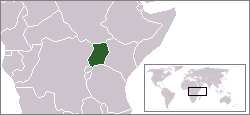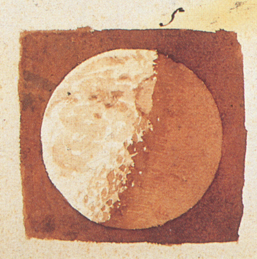
These last few weeks we’ve been talking about human rights, and today I heard a poignant article on NPR about the anti-homosexual bill being debated in Uganda. It touches on so many of the rights issues we’ve been discussing in class and more. Incitement by American evangelical pastors, whose invective against homosexuality is subsumed by the more tolerant US culture, can sow viscous seeds of hatred in a less liberal society. The Ugandan law being debated would increase the institutionalized discrimination to the point of including execution for gays and prison sentences for people who do not inform on them.
But the article also addresses Ugandans’ instinctive animosity against colonialism. Since homophobia has taken an important place in the Christian mythology of Uganda (in 1886 two dozen Christian palace pages were executed for not engaging in homosexual acts with the king). When foreigners (NGO’s and liberal governments) say homophobia is a violation of peoples’ human rights, the Christian Ugandan proponents of the bill claim cultural imperialism and colonialism. Note the phrase “Christian Ugandan” and consider the irony.
As an added bonus, there’s also Rick Warren, the American mega-church pastor, quoting Edmond Burke, “All that is necessary for evil to triumph is for good men to do nothing” in his late-in-coming but nice to hear condemnation of the bill. It raises the question of moral conflict, as sincere opponents of gay rights see their works taken to their scary extreme.
Adolescents often need help to realize that words have power, sometimes much more than you realize.
Though it’s not emphasized, the article also has a lesson on checks and balances in a democratic government; the Ugandan president now opposes the bill. It also teaches about international relations and the power of diplomacy. Sweden has said it will cut international aid to Uganda and the issue is overtaking other international issues. The BBC article on the topic has a great quote from President Museveni:
“The prime minister of Canada came to see me and what was he talking about? Gays,” he said.
“[UK] Prime Minister Gordon Brown came to see me and what was he talking about? Gays.
“Mrs Clinton [the US secretary of state] rang me. What was she talking about? Gays.”








